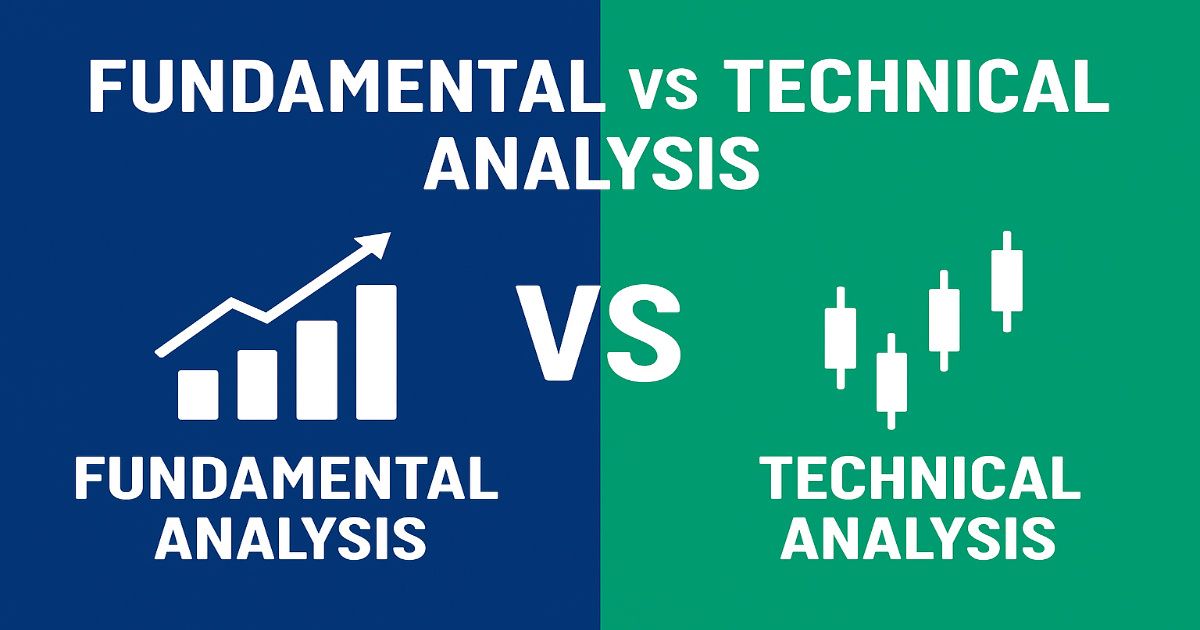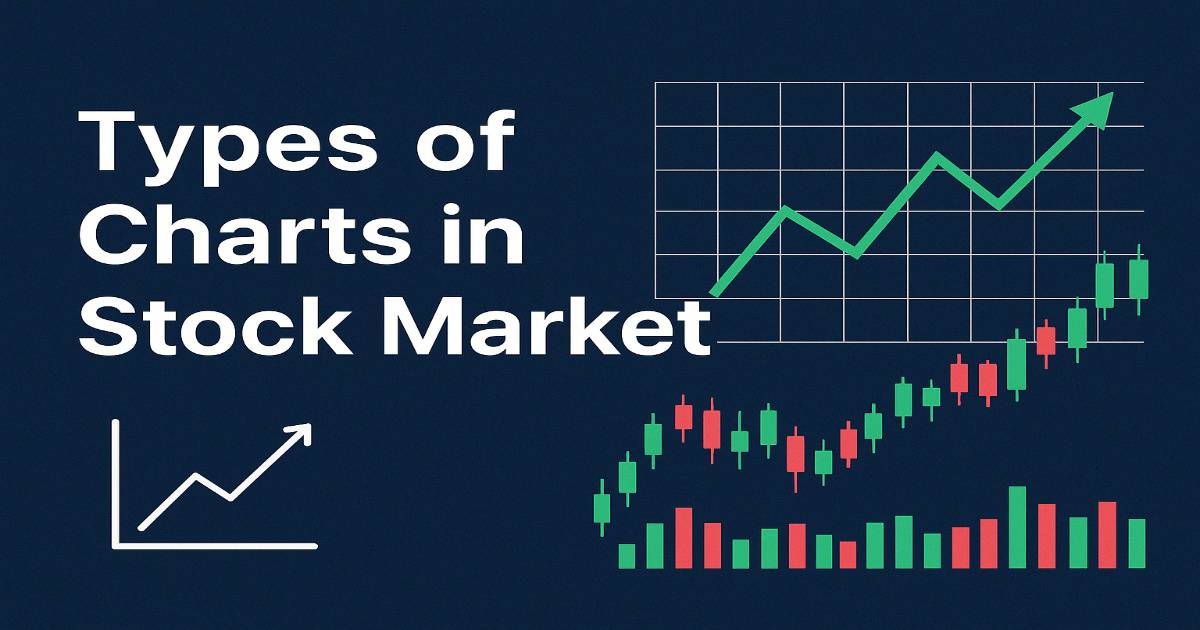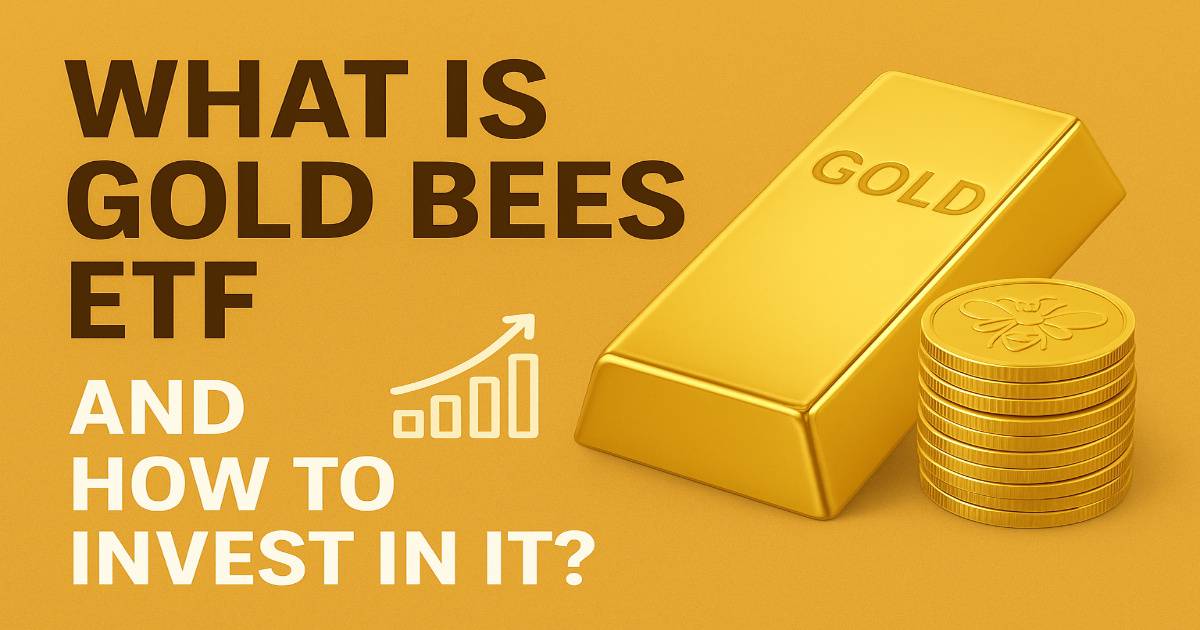The auction market theory (AMT) is a specific trading system that perceives financial markets as a process of continuous auctions. Thus, in the auction market, share prices are determined by the continual interactions between buyers and sellers. The core focus here is on growing an understanding of how prices are negotiated by market participants, along with identifying any demand and supply imbalances, and eventually reaching a fair value where most trades may be enabled.
If you’ve ever bought something on eBay or watched an antique item being auctioned off in a movie, you’ve seen how auction systems work. But what if I told you that the stock market — where millions of shares are traded every day — also works in a very similar way? Welcome to the world of auction markets.
Auction markets are the beating heart of stock exchanges like the NSE (National Stock Exchange) and BSE (Bombay Stock Exchange) in India. They are dynamic, real-time trading environments that match buyers and sellers based on price — without any intermediary deciding what the price should be. we’ll break down exactly what an auction market is, how it functions, why it matters, and how it affects your investments as a trader or investor in India.
What is an Auction Market?
An auction market is a type of trading environment where buyers and sellers submit competitive bids and offers simultaneously. A transaction takes place when the highest price a buyer is willing to pay (the bid) matches the lowest price a seller is willing to accept (the ask or offer).
In short, the price is determined by demand and supply — the same basic principle that governs most economic systems.
This method is used in stock exchanges where trading of shares, derivatives, and other financial instruments takes place. The price discovery in an auction market is extremely efficient because it is continuously determined by the collective actions of all buyers and sellers in real time.
How Does an Auction Market Work?
Let’s say you’re trying to buy shares of Infosys. You log in to your trading platform and place a buy order at ₹1,450 per share. At the same time, someone else places a sell order for ₹1,450. Boom! The system matches your buy order with the seller’s offer, and a transaction occurs instantly at that price.
Here’s the step-by-step process in a simplified format:
- Investors place bids and offers: Buy and sell orders are submitted by market participants.
- Order matching happens: An electronic system continuously matches the best available buy and sell orders.
- Price determination: The trade occurs when the bid and ask prices match.
- Execution: The trade is executed, and the ownership of the security changes hands.
The entire process takes place in milliseconds, especially in electronic markets like the NSE and BSE.
Electronic Auction Markets: The New Standard
Gone are the days when traders used hand signals and shouted across trading pits. Today, almost all auction markets are fully electronic. When you place a trade on Zerodha, Upstox, Groww, or any other platform, your order goes to an exchange where it is matched electronically.
NSE and BSE use a “continuous order-driven system.” This means orders are matched on a real-time basis throughout the trading day.
A few important things to note:
- Orders are matched on a price-time priority basis.
- The best matching order (highest bid and lowest ask) gets priority.
- If no match is found, your order waits in the order book until a match occurs or the order expires.
Types of Auction Markets
Auction markets aren’t a one-size-fits-all model. There are different types based on how orders are collected and matched.
1. Open Outcry Auction
This is the old-school method, used mostly in the past, where traders physically gather and shout out their buy/sell prices. Think of the New York Stock Exchange trading floor in the 1980s.
2. Electronic Auction
This is the system used by modern exchanges like NSE and BSE. Everything is computerized, making it faster, more efficient, and more transparent.
3. Call Auction Market
In a call auction, all buy and sell orders are collected for a particular time window and then matched at a single price. This method is used in the pre-open session of Indian stock markets to determine the opening price of shares.
Real-Life Example from the Indian Market
Let’s take a simple real-world scenario from the Indian stock market:
- Buyer A places a bid to buy 100 shares of TCS at ₹3,200.
- Seller B wants to sell 100 shares of TCS at ₹3,200.
- The system matches the two, and the trade happens.
Now imagine this happening with thousands of investors placing different bids and offers — all at once, all day. The electronic system continuously scans and matches these orders to execute trades in real time.
Auction Market vs Dealer Market: What’s the Difference?
Many people confuse auction markets with dealer markets, but there’s a big difference.
| Feature | Auction Market | Dealer Market |
|---|---|---|
| Price Discovery | Based on demand and supply | Set by dealers |
| Intermediary | No intermediary | Dealers act as intermediaries |
| Transparency | High | Moderate |
| Example | NSE, BSE | Forex, OTC bond market |
| Order Matching | Buyer-seller orders matched | Trades with dealer |
In auction markets, trades are peer-to-peer. In dealer markets, there’s a middleman — the dealer — who quotes prices and fills orders.
Benefits of Auction Markets
Auction markets offer several advantages, especially for retail investors and traders.
1. Efficient Price Discovery
Because prices are determined by actual demand and supply, they reflect the real-time value of an asset.
2. High Transparency
All orders are visible (anonymously) in the order book, which helps build investor confidence.
3. Liquidity
More participants mean more trades. Auction markets thrive on this activity and offer better liquidity for most securities.
4. Fair Competition
Everyone has equal access to place their bids and offers. The system favors no one — it’s purely based on price and timing.
Special Auction Scenarios: Pre-Open & Closing Auctions
In India, the stock market has specific sessions that use call auction mechanisms:
Pre-Open Market (9:00 AM – 9:15 AM)
- A 15-minute session before regular trading.
- Orders are collected and matched to determine the opening price of securities.
- Helps reduce volatility during market opening.
Closing Price Determination (Last 30 minutes)
- Volume-weighted average price (VWAP) is calculated to determine the closing price of a stock.
These mechanisms help make market opening and closing smoother and more predictable.
Auction Market vs. Order-Driven Market
In an order-driven market, buyers and sellers place their orders, specifying the quantity and price they wish to sell or purchase. These orders are matched with an automated system based on time priority and price, leading to the trade. It will contrast with the quote-based market, where the market makers quote their prices. Some key elements of order-driven markets include automated matching, order book, price discovery, and direct trading without intermediaries.
On the other hand, the auction market is where the price is determined based on the highest price the buyer is willing to offer (bid) and the lowest that the seller wishes to take (offer). They are then matched for the trade to take place. Trade matching takes place simultaneously in these markets, with instant electronic execution. If the bid does not match the offer price, the order will stay pending until the right corresponding ask and bid are matched.
Auction Market’s Role in Your Trading Strategy
As a trader or investor, understanding how the auction market functions can significantly improve your strategy:
- Use limit orders to get better control over the price.
- Monitor the order book to see real-time demand and supply levels.
- Participate in pre-open sessions if you’re looking to capture favorable opening prices.
- Avoid panic buying or selling during sudden news events — auction markets can overreact short-term.
Key Takeaways
- Auction markets are systems where buyers and sellers place competing bids and offers.
- Trades occur when bid and ask prices match.
- NSE and BSE operate using electronic auction market systems.
- They ensure transparency, liquidity, and fair pricing.
- Auction markets differ from dealer markets, where prices are set by intermediaries.
- Understanding this system helps you become a smarter trader or investor.
Conclusion
Auction markets are the engine rooms of modern stock exchanges. They provide a level playing field where every trader — big or small — can participate equally in price discovery. With real-time order matching, fair competition, and high transparency, the auction market is truly the foundation of modern equity trading in India.
If you’re serious about investing or trading, take the time to understand how the auction system works. It can help you make better decisions, avoid bad trades, and even take advantage of opportunities that others miss.
FAQs
What is the main feature of an auction market?
The main feature is price discovery through open competition between buyers and sellers.
Are NSE and BSE auction markets?
Yes, both operate as electronic auction markets with real-time order matching.
What is the call auction market in India?
It’s a short-duration session where all orders are collected and matched at a single price — mainly used in pre-open sessions.
How does the auction market impact stock prices?
Stock prices are determined purely based on buyer-seller interest, ensuring fairness and reflecting true market value.
What is an auction market?
An auction market is one where there is a continuous process of auction, and share prices are determined by the continual interaction between buyers and sellers. Identifying supply and demand imbalances is the core aspect here, and eventually reaching the fair value at which most trades may be facilitated.
What are the benefits of auction-based trading?
The benefits of auction-based trading include a better understanding of how the market works through buyer-seller interactions, identification of potential loss/profit opportunities, and the creation of trading strategies to capture price movements during periods of imbalance
How does price discovery work in an auction market?
Price discovery functions through a process of counter-bidding and bidding between buyers and sellers, eventually leading to the final price, which indicates the willingness of the market to buy and sell at the same time.
Disclaimer
This blog post is for informational and educational purposes only. The content does not constitute financial, investment, or trading advice. While every effort has been made to ensure the accuracy of the information, the author and the website are not responsible for any financial losses or decisions made based on this content. Always consult with a certified financial advisor or your stockbroker before making any investment or trading decisions.







